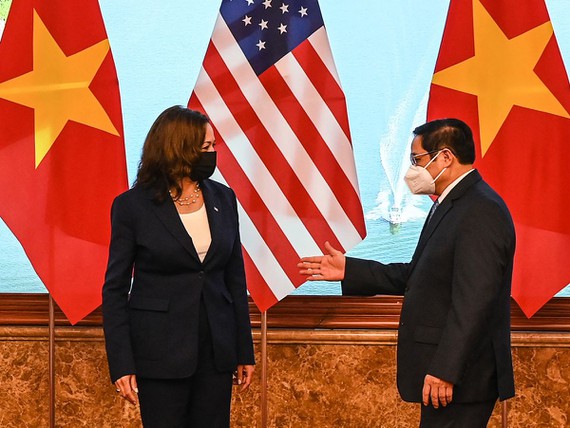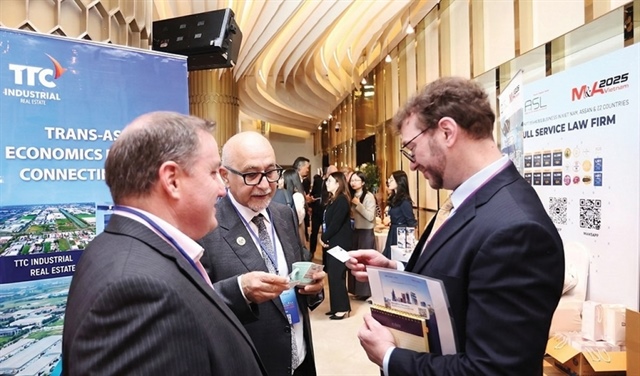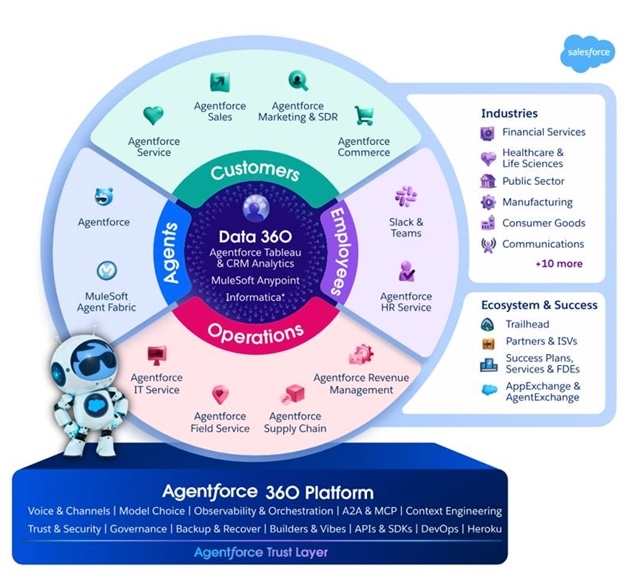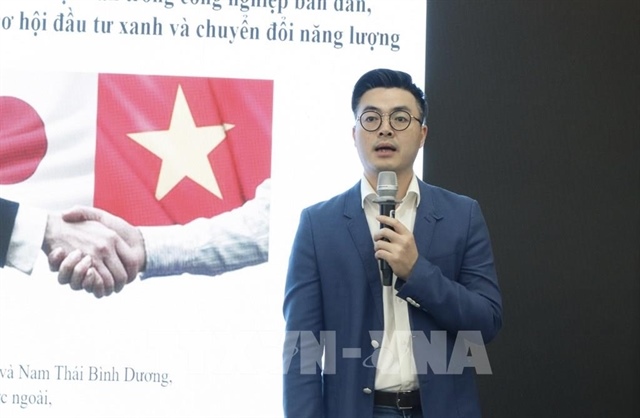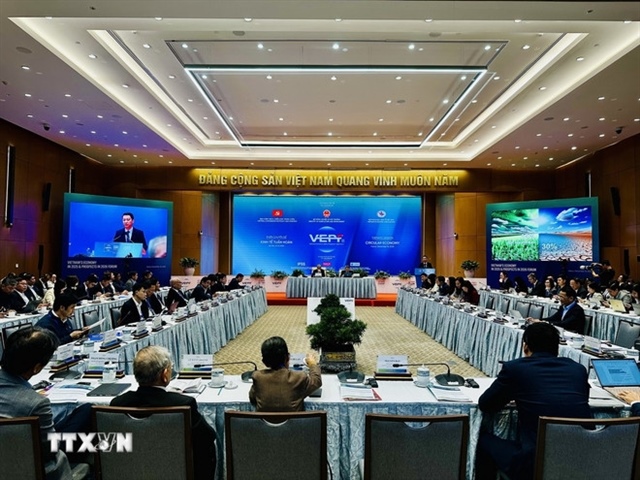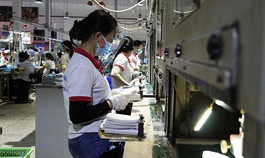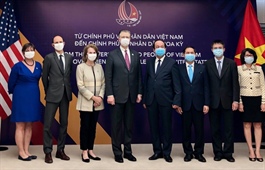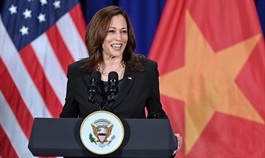How to Make Vietnam a Powerful Trade Ally for the U.S
How to Make Vietnam a Powerful Trade Ally for the U.S
Helping America's old war-time foe transition to a more high-tech economy would make the Asian nation a more valuable strategic partner.
Kamala Harris is right to strengthen ties. Photographer: Manan Vatsyayana/AFP via Getty Images
|
Kamala Harris’ historic visit to Vietnam — the first time a U.S. vice president has visited the country since the end of the war — has got me thinking about the relationship between the two countries. Both nations’ interests would be served by a closer economic partnership. But making such a partnership work will require far-sighted policy changes on the part of both governments. The U.S. must open itself to trade with Vietnam, while Vietnam must rebalance and strengthen its economic development model.
The increasing diplomatic warmth between the U.S. and its old wartime foe is not primarily about economics; it’s about China. Vietnam feels menaced by its huge northern neighbor, with whom it has ongoing territorial disputes and a long history of warfare. Though an outright alliance with the U.S. is highly unlikely, Vietnam is understandably seeking a strategic partnership to help maintain the balance of power.
The success of such a partnership will depend crucially on economic factors. Vietnam has made great strides recently in terms of boosting its people’s standard of living, but it’s still a poor country, with a level of technology that makes it a poor match for an increasingly cutting-edge China. The U.S. needs to structure its economic relationship with Vietnam around helping that country to grow, not just for the sake of Vietnamese people’s living standards, but so that the country will make a more powerful ally.
In many ways, Vietnam is following the well-trodden East Asian development model. A series of liberalizing reforms in the 1980s led to a hybrid of communist authoritarianism combined with capitalist enterprise. It joined the World Trade Organizatoin, signed a trade agreement with the U.S., and became an export powerhouse of labor-intensive manufactured products like clothing and electronics. And it held down the value of its currency in order to make its products more competitive overseas.
This standard model has allowed Vietnam to quadruple its living standards, and to benefit from the U.S.-China trade war.
So far, so good. But making cheap stuff and selling it overseas will only take a country so far. To catch up with China, Vietnam will have to boost productivity and move up the value chain, shifting to higher-value technologically advanced products. As evidenced by the fact that Vietnam’s productivity growth has been slowing down, making the leap to the next level of development will require a number of changes.
First, Vietnam has to get better at doing the things that governments typically do to aid growth — education and infrastructure. The country has great primary and secondary education but falters when it comes to higher ed, so colleges need to be beefed up. The country’s road system is relatively poor, and its ports are frequently strained to capacity.
Next, Vietnam needs to develop world-class companies. Currently, the country’s leading corporations are in traditional upstream sectors like oil and electricity, or in primary industries like food and paper; much of the actual manufacturing is done by foreign firms. Building better companies in export sectors like electronics would allow Vietnam not only to capture a bigger share of the value of global supply chains (through branding and marketing), but to better absorb foreign technology as well. As author Joe Studwell illustrates in his book “How Asia Works,” the example of South Korea’s Hyundai Motor Co. shows how manufacturers can be very effective vehicles for learning foreign ways of making things and doing business. Vietnam should aim to create similar champions.
Finally, Vietnam should drop the focus on currency undervaluation — both because it’s sure to eventually make its trading partners mad, and because it subsidizes unproductive exporters as well as productive ones. Instead, the country should switch to a strategy of what Studwell calls “export discipline” — temporarily helping companies to get started as exporters, but withdrawing support for those that fail in global markets.
Meanwhile, the U.S. should structure its economic relationship with Vietnam to help promote all of these needed transformations. One easy step is to deepen U.S.-Vietnam trade along the lines of the Trans-Pacific Partnership. That multilateral agreement appears dead, but a bilateral one should be worked out.
To help Vietnam improve its higher education, the U.S. should take in many more exchange students from the country. These students will contribute to the American economy and some will stay — but others will return to Vietnam and take their education with them, boosting the country’s know-how. The U.S. can also offer low-interest financing for Vietnamese infrastructure projects, perhaps in cooperation with Japan and South Korea.
These changes would help Vietnam make the transition to a high-tech country and help it avoid the middle-income trap. That would certainly make Vietnam a more valuable strategic partner. But these moves would also strengthen the ties between American and Vietnamese society, drawing the two countries closer together. Both stand to benefit enormously from this sort of deepened integration. Let’s hope that Harris’ visit is just the first step in that process.


